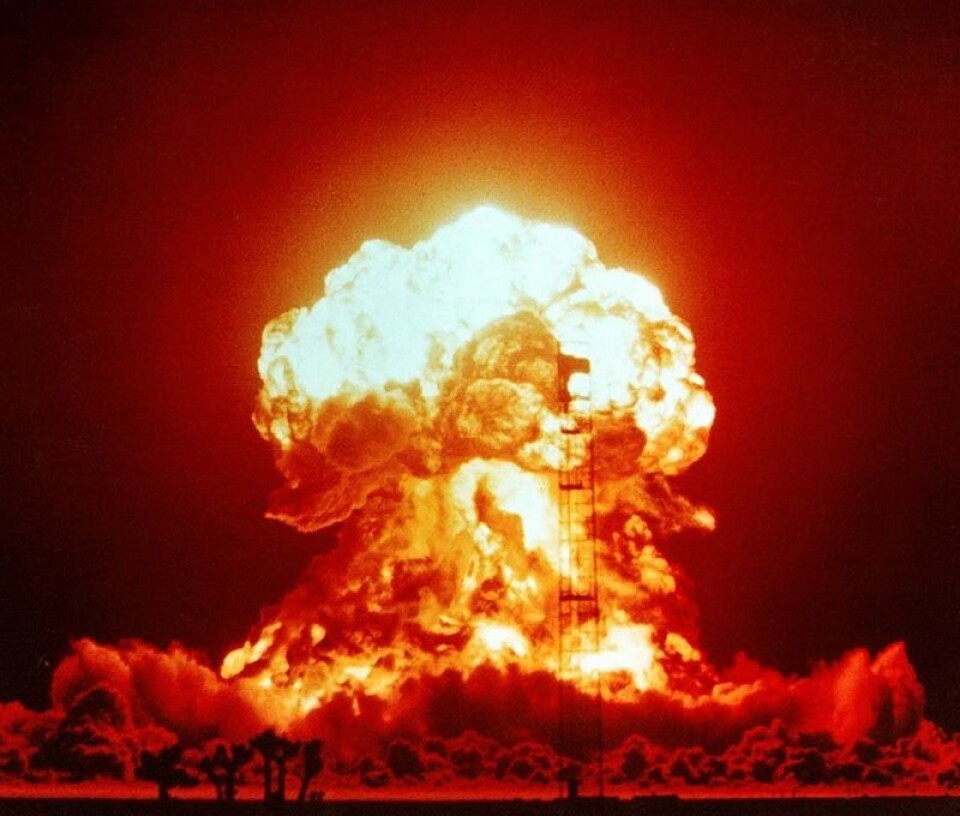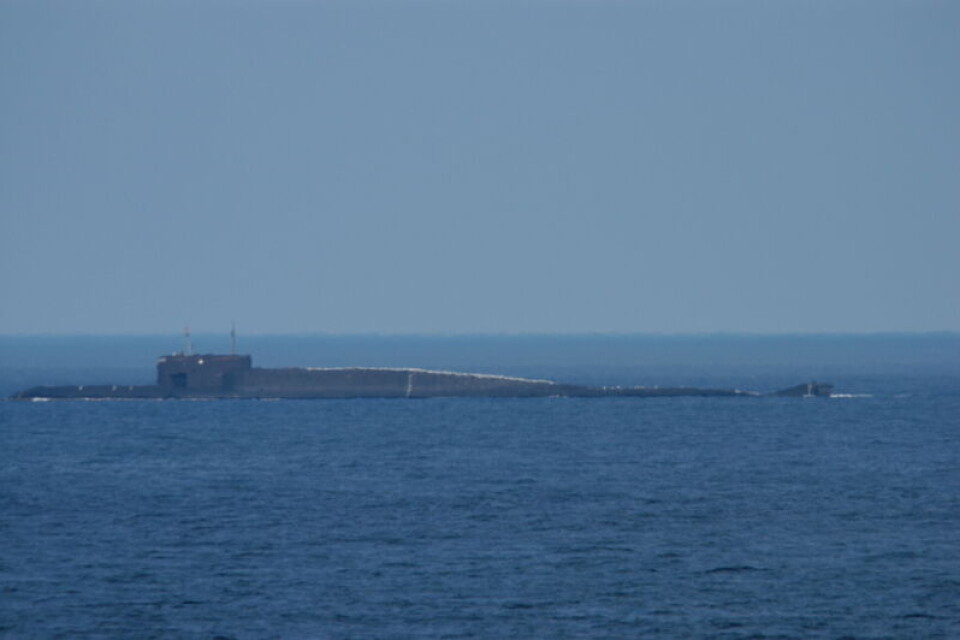
Russia is close to fulfill New START Treaty
Since July, Russia’s strategic nuclear force is reduced by 204 warheads. In the north, though, no reduction is seen.
p.p1 {margin: 0.0px 0.0px 0.0px 0.0px; font: 11.0px Helvetica; color: #000000; -webkit-text-stroke: #000000}p.p2 {margin: 0.0px 0.0px 0.0px 0.0px; font: 11.0px Helvetica; color: #000000; -webkit-text-stroke: #000000; min-height: 13.0px}span.s1 {font-kerning: none}
Latest New START Treaty aggregate numbers published by the Bureau of Arms Control, Verification, and Compliance with the U.S. Department of States tells that Russia by October 1 has 1,561 deployed nuclear warheads in its strategic forces.
That is a reduction from 1,765 warheads in last report from July 1.
With the recent sharp cut in nuclear arms, Russia has just six more warheads to remove before fulfilling the maximum limit set by the New START Treaty to be reached by February 5, 2018.
The numbers includes warheads in all three legs of the nuclear triad, that be land-based intercontinental ballistic missiles (ICBMs), strategic bombers and submarine-launched ballistic missiles (SLBMs).
There are no reports on reduction in warheads deployed on the Sineva- and Bulava missiles carried by the Russian navy’s fleet of Delta-IV and Borei-class submarines. It is therefore reasonable to believe that the reduction counts for less warheads deployed on land-based ballistic missiles, either in silos or mobile based.

With Gadzhiyevo on the Kola Peninsula as home port, the Northern Fleet operates six Delta-IV submarines and one of the Borei-class. Each of the submarines can carry up to 64 nuclear warheads, four in each of the 16 missiles on board. That would be 448 in total for the operational submarines sailing the Barents Sea and Arctic waters.
In May, a long-read from the Barents Observer disclosed that Russia is currently expanding the onshore storage sites for nuclear weapons on the Kola Peninsula. The New START Treaty does not include non-strategic nuclear weapons, but it is believed that the Russian navy does not sail with nuclear armed cruise-missiles or torpedos on its fleet of multi-purpose submarines or other warships.
p.p1 {margin: 0.0px 0.0px 0.0px 0.0px; font: 11.0px Helvetica; color: #000000; -webkit-text-stroke: #000000}p.p2 {margin: 0.0px 0.0px 0.0px 0.0px; font: 11.0px Helvetica; color: #000000; -webkit-text-stroke: #000000; min-height: 13.0px}span.s1 {font-kerning: none}
The New START (Strategic Arms Reduction Treaty) was signed between Russia and the United States in 2010. The agreement replace the Treaty of Moscow that expired in 2012, and has its name from the START I treaty which expired in 2009. The START-II treaty was agreed on but never entered force.
The agreement says that by February 2018, there can be no more than 1,550 deployed warheads on both sides.
















